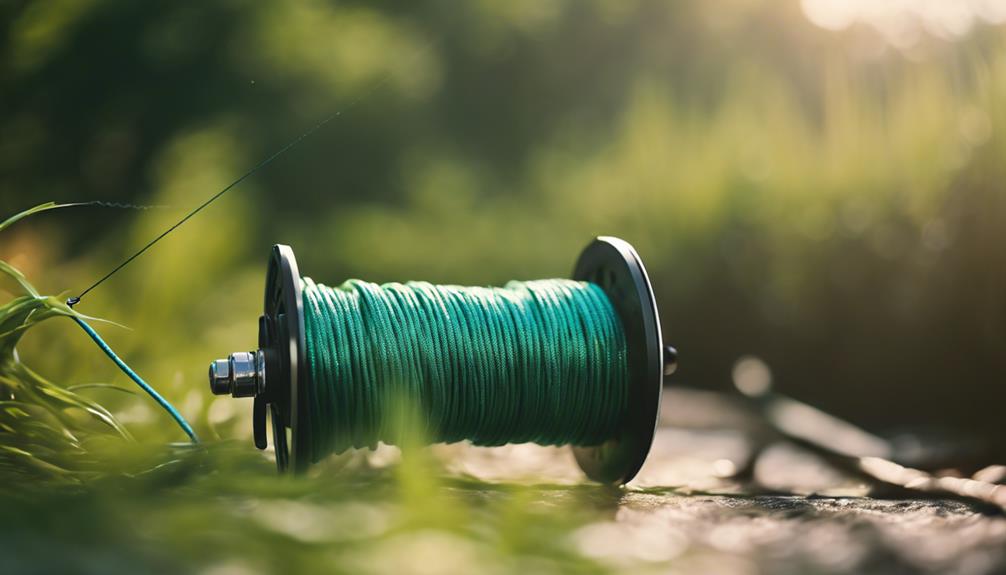Understanding What Fly Fishing Is: A Unique Approach
Fly fishing is a method of angling that uses artificial flies as bait. Unlike traditional fishing, where heavier baits are used, fly fishing relies on the ability to cast lightweight flies using specialized equipment. This technique originated in ancient times but has evolved significantly over the years. The allure of fly fishing lies in its challenging nature and the skill required to master the art of casting. For many anglers, understanding what fly fishing is becomes a gateway to a deeper appreciation of the sport and the natural world.
The Essential Gear: What You Need for Fly Fishing
To embark on your fly fishing adventure, it’s crucial to have the right gear. The basic equipment includes a fly rod, fly reel, and fly line, along with a selection of flies that mimic the natural insects fish typically eat. Choosing the right gear depends on several factors, including the type of fish you are targeting and the fishing environment. For beginners, a 9-foot, 5-weight fly rod is often recommended as it provides versatility for different species. Moreover, investing in quality waders and boots will enhance your comfort and mobility in the water. Understanding what fly fishing gear to purchase is vital for a successful experience.
Choosing the Right Location: Where to Fly Fish
Knowing where to fly fish can greatly influence your success. Freshwater bodies such as rivers, streams, lakes, and ponds are popular locations for fly fishing. Each environment presents unique challenges and opportunities. For instance, fast-moving streams are ideal for targeting species like trout, while still waters are often home to bass and panfish. Researching local fishing regulations and seasonal patterns is also essential. Many regions have specific times when particular fish species are most active, which can significantly enhance your fly fishing experience.
Learning the Techniques: How to Fly Fish Effectively
To truly grasp what fly fishing is, one must learn the fundamental techniques involved. Casting is one of the most critical skills; mastering the overhead cast and roll cast will allow you to present your fly effectively. Additionally, understanding the importance of drag and how to manage it can make a significant difference in your catch rate. Practicing these techniques on dry land or at a casting clinic can help build your confidence before hitting the water. Combining these skills with knowledge of insect hatches and fish behavior will further enhance your effectiveness.
Understanding Fish Behavior: The Key to Success in Fly Fishing
Understanding fish behavior is essential when learning what fly fishing is all about. Different species exhibit varying feeding patterns and preferences based on the time of year, weather conditions, and water temperature. For example, fish are more likely to be near the surface during hatching periods when insects are abundant, whereas they may dive deeper during hotter months. Observing the water and identifying where fish are feeding can provide critical insights into your fly selection and presentation strategies. This understanding not only improves your catch rate but also deepens your connection to the ecosystem.
The Importance of Conservation: Practicing Sustainable Fly Fishing
As passionate anglers, it’s essential to recognize the importance of conservation in fly fishing. Overfishing and habitat destruction can harm aquatic ecosystems and diminish fish populations. Practicing sustainable fishing methods, such as catch and release, minimizes the impact on fish stocks and promotes healthy waterways. Additionally, being mindful of your surroundings, cleaning up after yourself, and respecting local regulations contributes to the preservation of natural habitats. Understanding what fly fishing is also involves recognizing our role as stewards of the environment, ensuring future generations can enjoy the sport.
Joining the Community: Connecting with Fellow Fly Fishers
One of the most rewarding aspects of fly fishing is the community that surrounds it. Joining local fly fishing clubs or online forums can provide invaluable resources, from tips and techniques to local fishing spots. Engaging with experienced anglers can accelerate your learning curve and introduce you to new friends who share your passion for the sport. Participating in community events, such as clean-up days or fishing derbies, not only fosters camaraderie but also enhances your overall experience. Understanding what fly fishing is extends beyond the act itself; it encompasses the relationships and bonds formed within the community.
Conclusion: Embracing the Journey of Fly Fishing
In conclusion, what fly fishing is encompasses much more than simply catching fish. It is a unique blend of skill, knowledge, and appreciation for nature. By understanding the essential gear, techniques, fish behavior, and conservation efforts, you can embark on a fulfilling journey in the world of fly fishing. Whether you’re casting your line in a tranquil river or sharing stories with fellow enthusiasts, the experiences and memories created through fly fishing are invaluable. Embrace the journey, continue learning, and immerse yourself in the beauty of this timeless sport.
With this guide, you’re now better equipped to explore what fly fishing is and how to make the most of your adventures. Whether you’re a beginner or an experienced angler, there’s always something new to learn and discover in the vast world of fly fishing.
